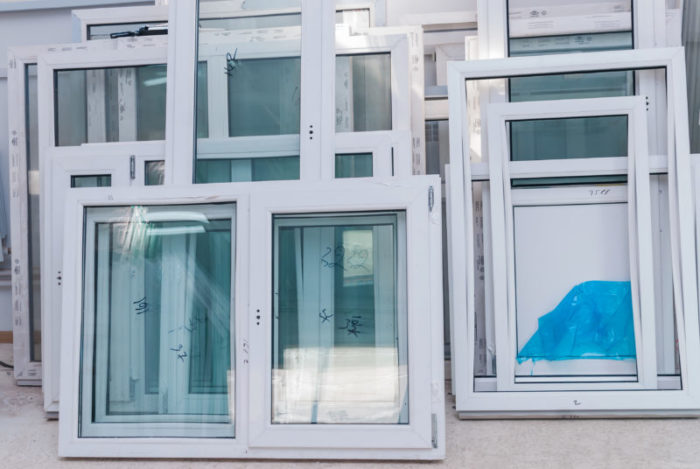Embarking on a big home improvement project happens to all of us at some point or another in our lives, and these important decisions about your home can be difficult to make. We can quickly become overwhelmed with the amount of decisions we need to make, and eventually “burn out” on making choices, which is not what you want.
I can’t tell you if this will happen when you’re deciding on your new windows, but it certainly could happen. This is why I compiled this handy guide so you can find out everything you need to know to find windows that will help to keep your home warm, well-insulated, and reduce your energy consumption in the long run!
The Frame
The first, most important decision to make about your new windows is to decide what kind of framing material you want. Sometimes this is dictated upon us by the council (many protected areas require wood over uPVC for instance).
If you can choose, your best bet would be to go for uPVC as these window frames have been shown to be durable, easy to maintain and are affordable. Wood is an excellent option as well, especially if you choose reclaimed wood – making your choice an even more environmentally-friendly one.
Consider getting some plastic windows from Cut My Plastic. They offer materials like polycarbonate which work as very good insulators, for a fraction of the price.

The Style
There aren’t too many gains to be made between the different opening styles but fixed windows are fantastic for efficiency gains. Fixed windows are less likely to fail and leak heat because they don’t have an opening mechanism. The most common styles are casement, sash and tilt and turn.
The most efficient one out of all of these options is probably the casement window since it’s mechanism is simpler and less likely to fail than the other two. Sash windows are the least efficient of all of these options since it’s difficult to create a good seal with a sliding mechanism versus a hinged mechanism.
The Size
The bigger your windows are, the more heat you are likely to lose from them. This means that the energy loss will be higher – reducing the environmental value of the windows. Of course, it’s nice to have big windows, but think about how much heat you’d be losing first.
You can calculate this with the E-value of the window in question – talk to your window supplier about calculating this. The more accurate a measurement you can get for how much you would be saving or spending in energy bills, the better you can plan for an environmentally friendly future.

The Glass
When it comes to the type of glazing you choose, there are plenty of options available to you. Most of these are purely aesthetic, but the most important choice you have to make is between triple glazing and double glazing. Generally speaking, triple glazed is best, but double glazed will do.
There is not a huge difference between the two, though triple glazing will definitely make your home feel cozier, so you might be more inclined to lower your thermostat a little bit. Triple glazing will bring increased efficiency, but ask your window provider what the real benefits would be, if any! Double glazing is excellent these days, and since winters are not brutally harsh in the UK an extra layer of glass could be overkill.
There you have it! The ultimate guide to choosing new windows, for the eco-conscious home improver. You can find out more about all of the different window types, materials, prices for all of these different kinds of windows and much more at https://www.getawindow.co.uk.